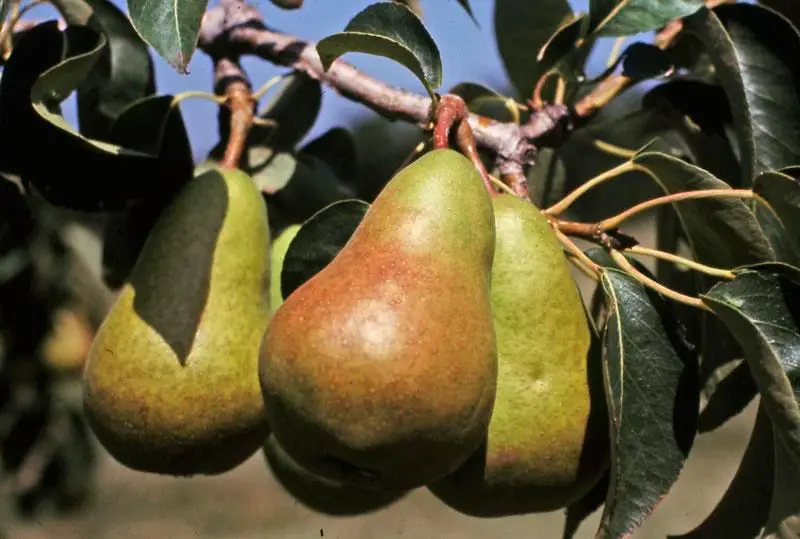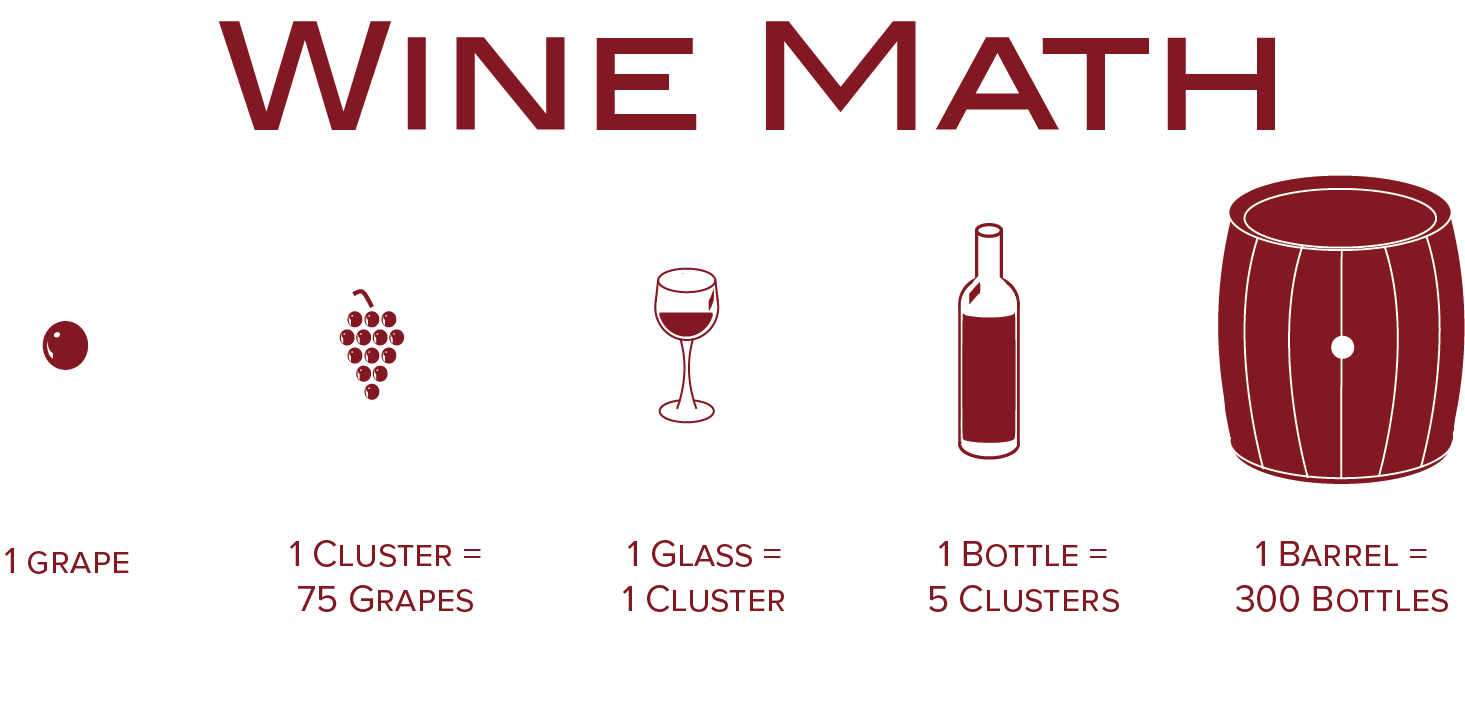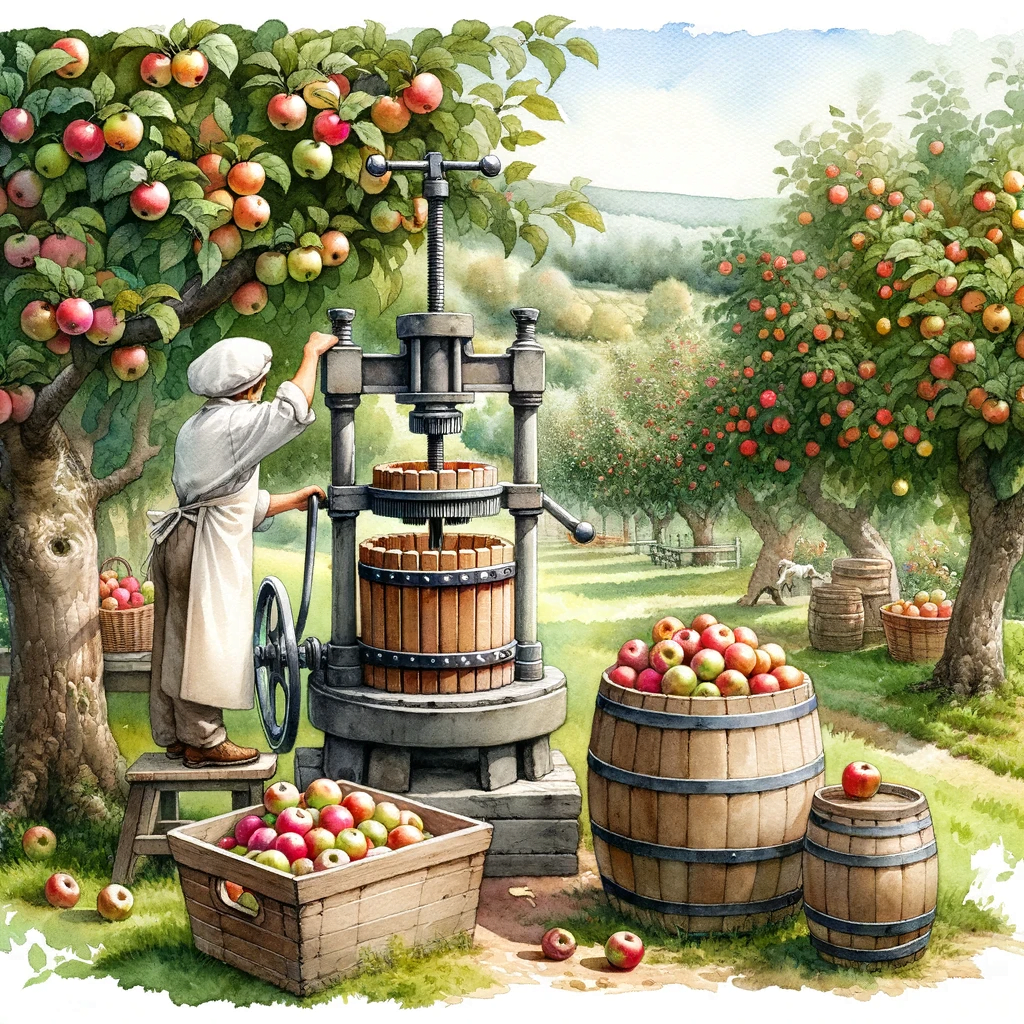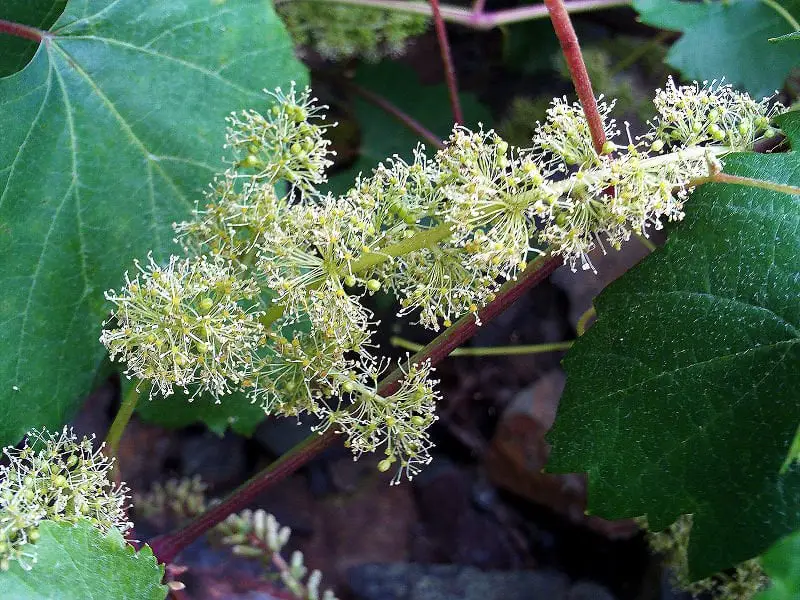Determining the perfect time to harvest Bartlett pears is crucial to ensure optimal taste and texture. Whether you are a seasoned orchard owner or an amateur fruit grower, understanding the signs of ripeness is vital. In this article, you will gain valuable insights into the ideal moment to pluck these delectable fruits from the tree, enabling you to savor their succulent sweetness at its peak. By observing various indicators such as color, firmness, and stem separation, you will become adept at discerning the exact ripeness of Bartlett pears, thereby elevating your orchard or personal harvest to a new level of exceptional quality.
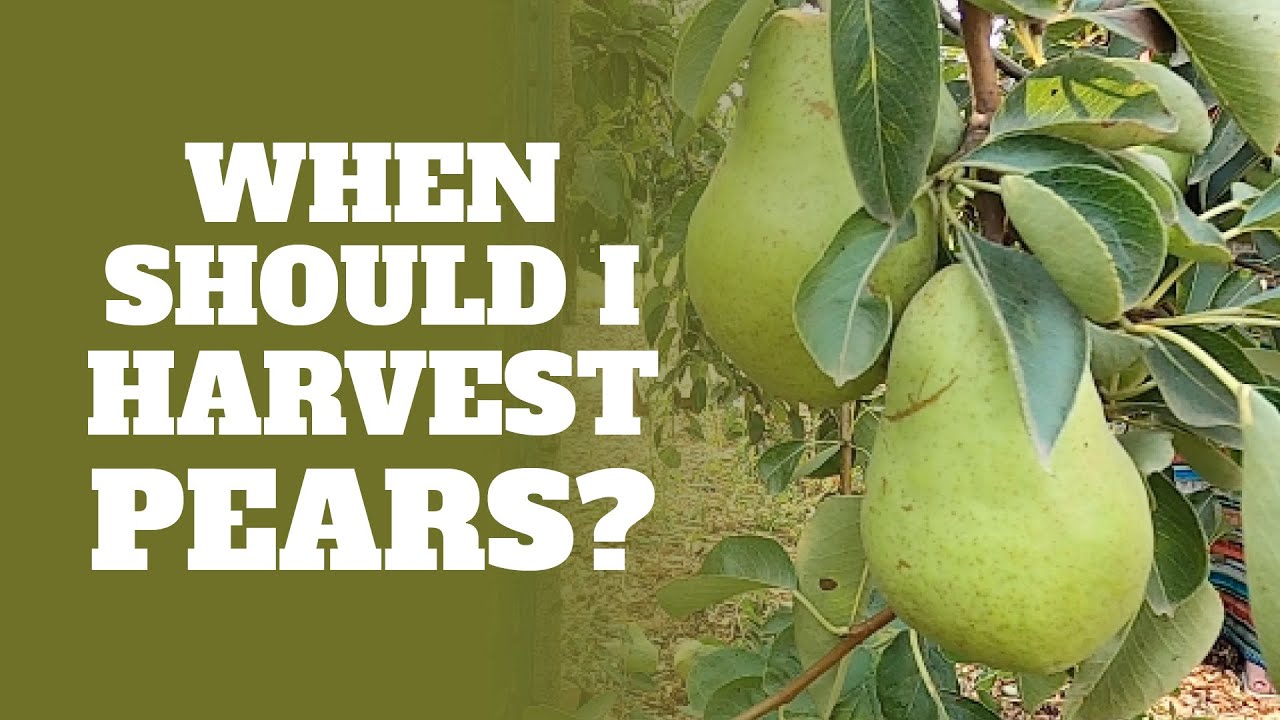
Determining Ripeness
Variety Characteristics
When determining the ripeness of Bartlett pears, it is important to understand the characteristics of this particular variety. Bartlett pears are known for their vibrant yellow-green color, and their shape is typically round and slightly elongated. They have a smooth and firm texture when unripe, but become extremely juicy and tender when fully ripe. The taste of the Bartlett pear is sweet and has a floral aroma, making it a popular choice for fresh consumption and various culinary uses.
Color
Color is one of the key indicators of ripeness in Bartlett pears. When the fruit is unripe, it will have a green hue, which gradually transitions to a bright yellow as it ripens. To determine the optimal ripeness, observe the color of the Bartlett pear and look for a predominantly yellow surface with a slight green tint. This indicates that the pear is ripe and ready to be harvested.
Firmness
Firmness is another important factor to consider when determining ripeness in Bartlett pears. When the fruit is unripe, it will typically feel firm when gently squeezed. However, as the pears ripen, they become softer and yield to gentle pressure. To check for ripeness, apply gentle pressure near the stem end of the pear. If it gives slightly and feels soft, the Bartlett pear is likely ripe and ready to be picked.
Taste
Taste is the ultimate test for ripeness when it comes to Bartlett pears. Once the pear has reached the desired color and firmness, it is essential to taste a sample to ensure optimal ripeness. Bite into the pear and gauge its sweetness and juiciness. A fully ripe Bartlett pear will have a delicate sweetness, with juices bursting in your mouth. If the taste is pleasant and the pear meets your desired level of sweetness, it is the perfect time to harvest.
Season and Timing
Harvest Season
Knowing the appropriate harvest season is crucial when it comes to picking Bartlett pears at the peak of their ripeness. Bartlett pears typically reach their optimal ripeness during late summer to early fall, depending on the specific location and climate. In most regions, the harvest season for Bartlett pears spans from late August to early September. Closely monitoring the progress of the pear trees and being aware of the specific harvest season in your area will help ensure that you pick them at the perfect time.
Tree Observations
Observing the Bartlett pear tree for signs of ripeness is an essential step in determining the right time for harvest. Look for visual cues such as the color of the fruit, as well as the overall health and condition of the tree. As the pears near their harvest time, the fruit on the tree will gradually change from a vibrant green to a yellowish hue. Additionally, inspect the tree for signs of stress or disease, as healthy trees are more likely to produce pears that reach optimal ripeness.
Climate Considerations
The climate in which the Bartlett pear tree is grown plays a significant role in determining the harvest timing. Warmer climates tend to have an earlier harvest season, while cooler regions may experience a slightly delayed harvest. It is important to take into account the specific temperature and weather patterns of your location to ensure that you pick the Bartlett pears when they have matured and ripened to their fullest potential.
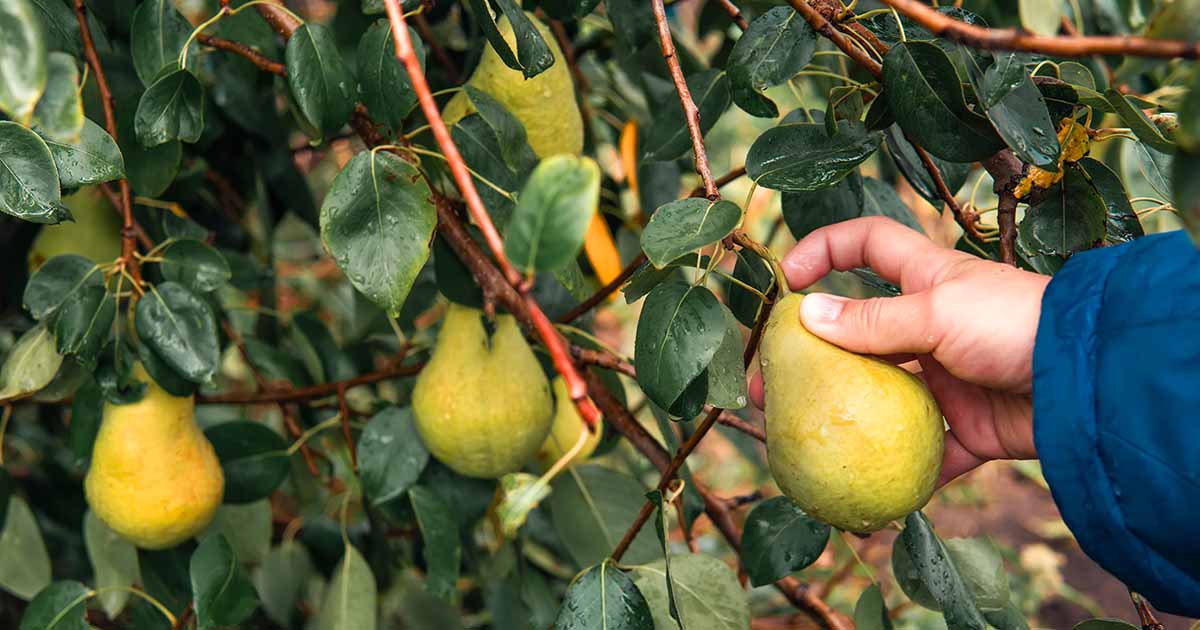
Inspecting the Fruit
Fruit Size
The size of the Bartlett pears can also provide essential insight into their ripeness. Generally, ripe Bartlett pears will have reached their full potential in terms of size. It is important to know the average size for this variety, as it may vary depending on factors such as tree health and growing conditions. When inspecting the fruit, consider its size in comparison to the typical size of ripe Bartlett pears. If the fruit has reached the expected size, it is a good indicator that it is ripe and ready for harvest.
Fruit Shape
While shape does not necessarily determine the ripeness of Bartlett pears, it can be a visual clue when inspecting the fruit. Ripe Bartlett pears usually have a rounded shape with a slight elongation towards the stem. As the fruit ripens, it tends to become slightly plumper and fills out its shape. When evaluating the fruit’s shape, look for a round and well-rounded appearance, which is usually a sign of ripeness.
Skin Texture
The texture of the skin is an important aspect to consider when determining the ripeness of Bartlett pears. When the fruit is unripe, the skin will feel smooth and slightly tough to the touch. As the pears ripen, the skin becomes softer and develops a slightly velvety texture. Gently run your fingers over the surface of the pear to gauge its texture. If the skin feels soft and smooth, it is an indication that the fruit is ripe and ready to be picked.
Stem Separation
The separation of the stem from the fruit can provide valuable information about the ripeness of Bartlett pears. When the fruit is fully ripe, the stem should easily detach from the tree with a gentle twist. If the stem remains firmly attached to the fruit, it indicates that the pear is not yet fully ripe. Carefully test the stem by lightly twisting it. If it releases effortlessly, it is a good sign that the pear is ready to be harvested.
Blemishes or Damage
Inspecting the fruit for blemishes or damage is essential to ensure that the Bartlett pears are in optimal condition for consumption or storage. Look for any visible bruises, cuts, or discoloration on the skin of the fruit. While minor blemishes may not impact the ripeness of the pear, more severe damage can affect its quality and shelf life. Choose pears that have minimal blemishes or damage, as they are more likely to be ripe and free from any internal issues.
Mature vs. Ripe
Mature Pears
Mature Bartlett pears refer to fruits that have reached their full size and have completed the growth phase. While mature pears may still require additional time to ripen fully, they are an essential stage in the harvesting process. Identifying mature pears involves assessing their size, shape, and color. Harvesting mature pears provides an opportunity to allow them to ripen off the tree, ensuring maximum flavor and sweetness.
Ripened Pears
Ripened Bartlett pears are those that have reached their peak in terms of sweetness and juiciness. Once mature pears are picked, they can be placed in a controlled environment to accelerate the ripening process. This can be done by storing the pears at room temperature or placing them in a paper bag with other ripe fruits, such as bananas or apples. Over time, the ethylene gas naturally released by these fruits will help ripen the Bartlett pears to perfection.
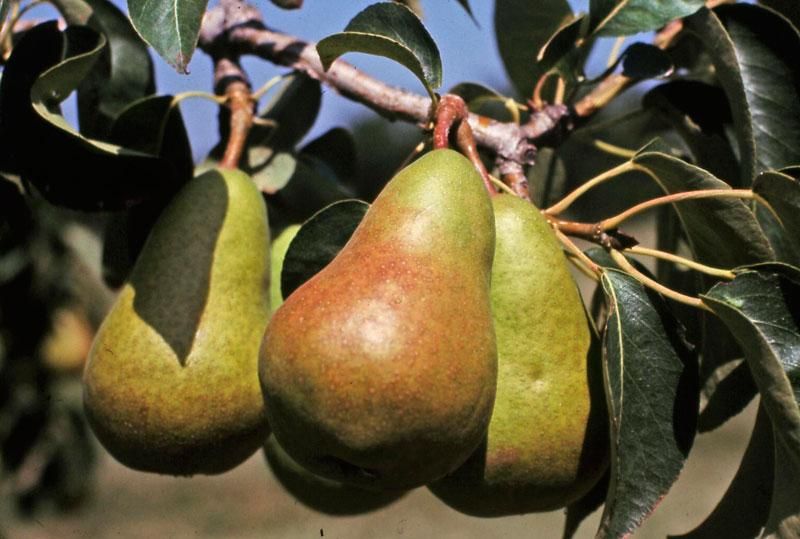
Picking Process
Tools Needed
When it comes to picking Bartlett pears, it is important to have the right tools to ensure a successful harvest. A pair of pruning shears or sharp garden scissors are essential for cleanly cutting the stem of the pear near the branch. Avoid using your hands to twist or pull the fruit, as this can cause damage to either the fruit or the tree. Ensure that your pruning shears are clean and sharp to make precise cuts and minimize any potential damage.
Correct Technique
To pick Bartlett pears correctly, it is essential to use the appropriate technique. Stand near the tree and carefully assess the ripeness of each fruit individually. Cradle the pear gently in your hand to provide support, and use the pruning shears to make a clean cut near the stem, ensuring that you leave a short stub on the fruit. Avoid pulling or jerking the fruit, as this can cause unnecessary stress to the tree and potentially damage the pear. Repeat this process for each ripe pear, taking care to handle them gently.
Storage and Shelf Life
Short-term Storage
Storing Bartlett pears properly is crucial to maintain their freshness and flavor after harvest. For short-term storage, place the ripe pears in a cool and well-ventilated area, away from direct sunlight and heat sources. Ideally, the temperature should be between 30-40°F (-1 to 4°C). Avoid stacking the pears, as they can bruise and damage each other. Check the pears regularly and promptly consume any that show signs of overripeness or spoilage.
Long-term Storage
To extend the shelf life of Bartlett pears, long-term storage techniques can be employed. Before storing, ensure that the pears are fully ripe but not overripe. Wrap each individual pear in a layer of newspaper or place them in a single layer inside a cardboard box lined with newspaper. Store the wrapped pears in a cool and dark location, such as a basement or cellar, where the temperature is maintained between 30-35°F (-1 to 2°C). Regularly inspect the stored pears and remove any that show signs of deterioration to prevent spoilage from spreading.
Checking for Ripeness
After storing Bartlett pears for an extended period, it is important to check for ripeness before consuming or using them. Remove a pear from the storage and gently press near the stem to check for softness. If the pear gives slightly to pressure and feels soft, it is likely ripe and ready to be enjoyed. Additionally, examine the color and smell the fruit to ensure it has not undergone any significant changes during storage. Consuming overripe or spoiled pears can lead to a subpar eating experience.
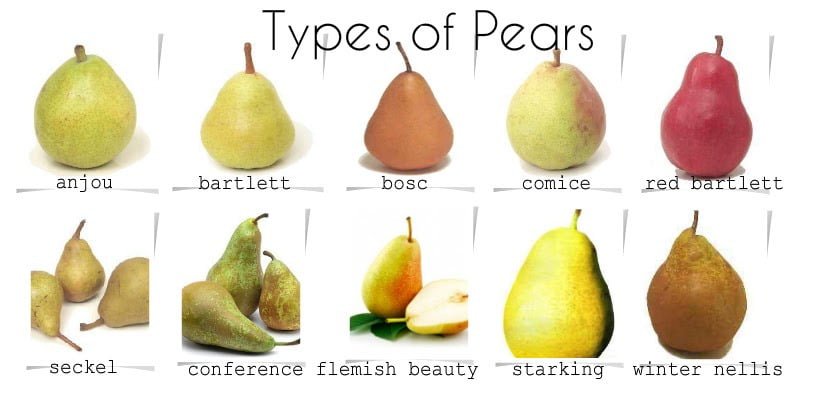
Factors Affecting Harvest Time
Location
The geographical location in which Bartlett pears are grown can significantly impact the harvest time. Different regions have distinct climatic conditions, which influence the growth and maturation of the fruit. For example, areas with a cooler climate may have a delayed harvest season, while those with milder temperatures may experience an earlier harvest. Consider the specific location where the Bartlett pears are being cultivated to determine the most appropriate time for picking.
Weather
Weather patterns play a critical role in the timing of Bartlett pear harvest. Factors such as temperature, precipitation, and sunlight exposure can all affect the growth and ripening process of the fruit. Warmer temperatures promote faster ripening, while excessive rain or extended periods of heat can impact the quality and flavor of the pears. Keep a close eye on weather forecasts and consider the impact of unpredictable weather conditions when choosing the optimal harvest time.
Tree Health
The health and condition of the Bartlett pear tree itself are essential factors to consider when determining the harvest time. A healthy tree is more likely to produce fruit that ripens evenly and reaches its full potential. Regularly monitor the tree for signs of disease, infestation, or stress. Issues such as nutrient deficiency or poor pruning techniques can affect the overall health of the tree and ultimately impact the quality and ripeness of the pears. Ensure that the tree is properly cared for and address any potential issues promptly.
Signs of Overripe Pears
Texture Changes
As Bartlett pears become overripe, their texture undergoes noticeable changes. Overripe pears will feel excessively soft and mushy when gently pressed. The flesh may become grainy or mealy, losing its desirable firmness and juiciness. To avoid consuming overripe pears, carefully monitor the texture and avoid letting the fruit reach a point of extreme softness or deterioration.
Discoloration
Over time, overripe Bartlett pears will exhibit signs of discoloration, often turning brown or developing spots on the skin. This is a visual indicator that the fruit has undergone significant changes and is past its optimal ripeness. When inspecting the pears, visually assess the skin for any discoloration or browning. Discolored areas usually indicate that the fruit is overripe and may not offer the desired taste and texture.
Aroma
The aroma of the Bartlett pears can also provide valuable information about their ripeness. Overripe pears tend to emit a strong or slightly unpleasant odor that can be off-putting. When checking for ripeness, bring the pear close to your nose and take a gentle whiff. If the aroma is overpowering or indicates fermentation, it is likely a sign that the fruit is past its prime and should not be consumed.
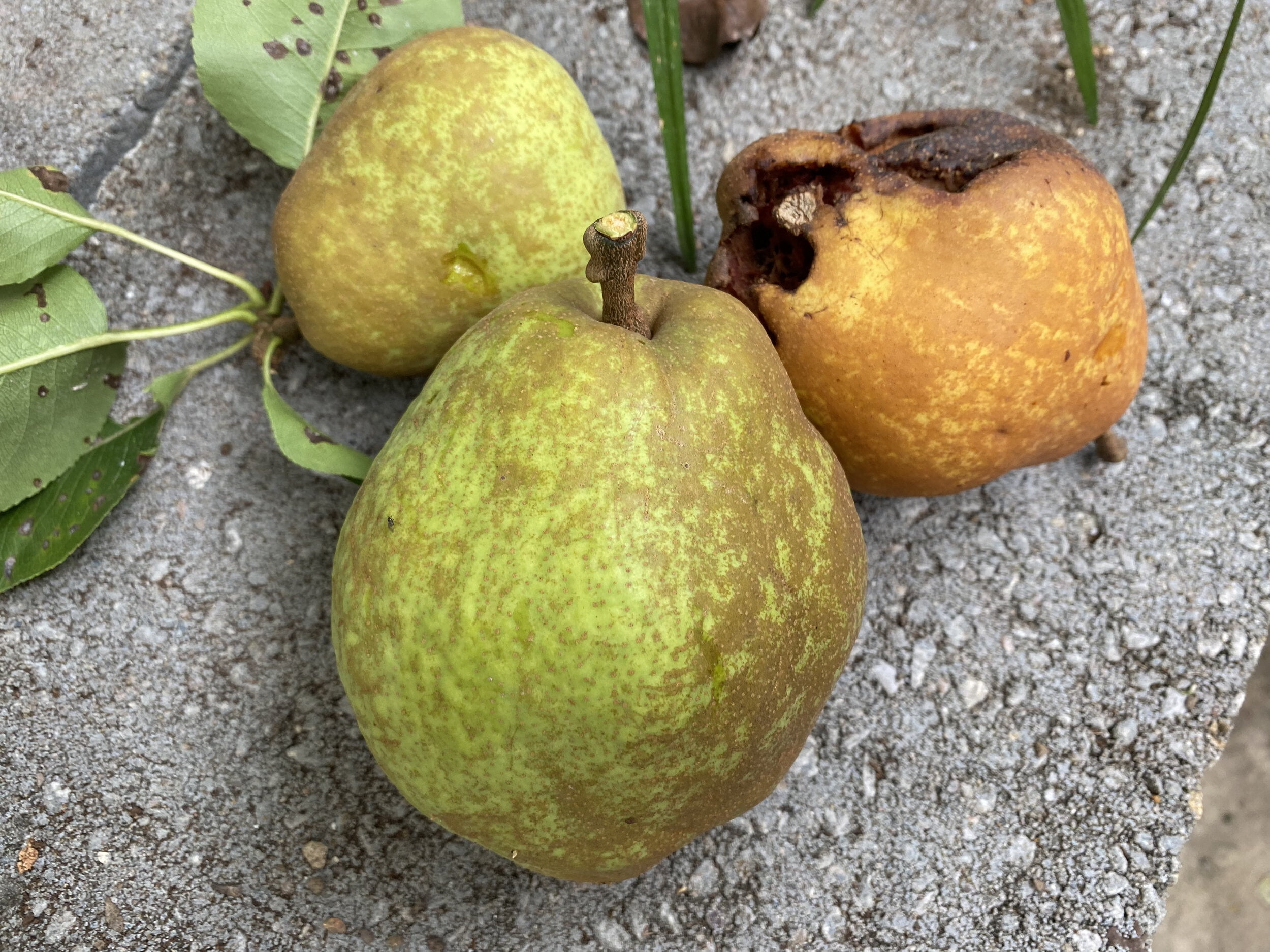
Harvesting for Different Uses
Fresh Consumption
When picking Bartlett pears for fresh consumption, prioritize their ripeness and flavor. Look for pears that have reached their optimal ripeness, with a fragrant aroma and a sweet taste. These pears are perfect for enjoying as a snack or incorporating into fruit salads.
Canning and Preserving
If you plan to can or preserve Bartlett pears, it is best to harvest them when they are slightly underripe. Pears that are slightly firm and have a mild flavor are more suitable for canning, as they will hold their shape and texture better during the preservation process.
Cooking and Baking
When using Bartlett pears for cooking or baking purposes, consider a balance of ripeness and firmness. Pears that are slightly ripe but still retain some firmness are ideal for cooking, as they will maintain their shape and texture during the cooking process while imparting a desirable sweetness.
Cider or Juice
For making cider or juice, it is recommended to use fully ripe Bartlett pears. Ripe pears provide the necessary sweetness and juiciness, which will enhance the flavor of the resulting beverage. Choose pears that are vibrant in color and have a fragrant aroma for the best cider or juice production.
Best Practices for Picking Pears
Avoid Rushing
When picking Bartlett pears, it is important to approach the task with patience and avoid rushing. Take your time to assess the ripeness of each fruit individually and exercise caution when harvesting. Rushing can lead to bruising or damage to the pears, affecting their overall quality and shelf life.
Handle with Care
Handle Bartlett pears with care to prevent any unnecessary harm or bruising. Hold the pears gently without applying excessive pressure, and avoid dropping or mishandling them during the picking process. Delicate fruits like pears require gentle handling to maintain their integrity and ensure the best possible eating experience.
Inspect Regularly
Regularly inspecting both the Bartlett pears and the tree itself is crucial to ensure optimal picking conditions. Regular inspections allow you to track the progress of the pears, spot any signs of overripeness or damage, and make informed decisions about the appropriate timing for harvest. By staying vigilant and inspecting regularly, you can maximize the quality and taste of the harvested Bartlett pears.
